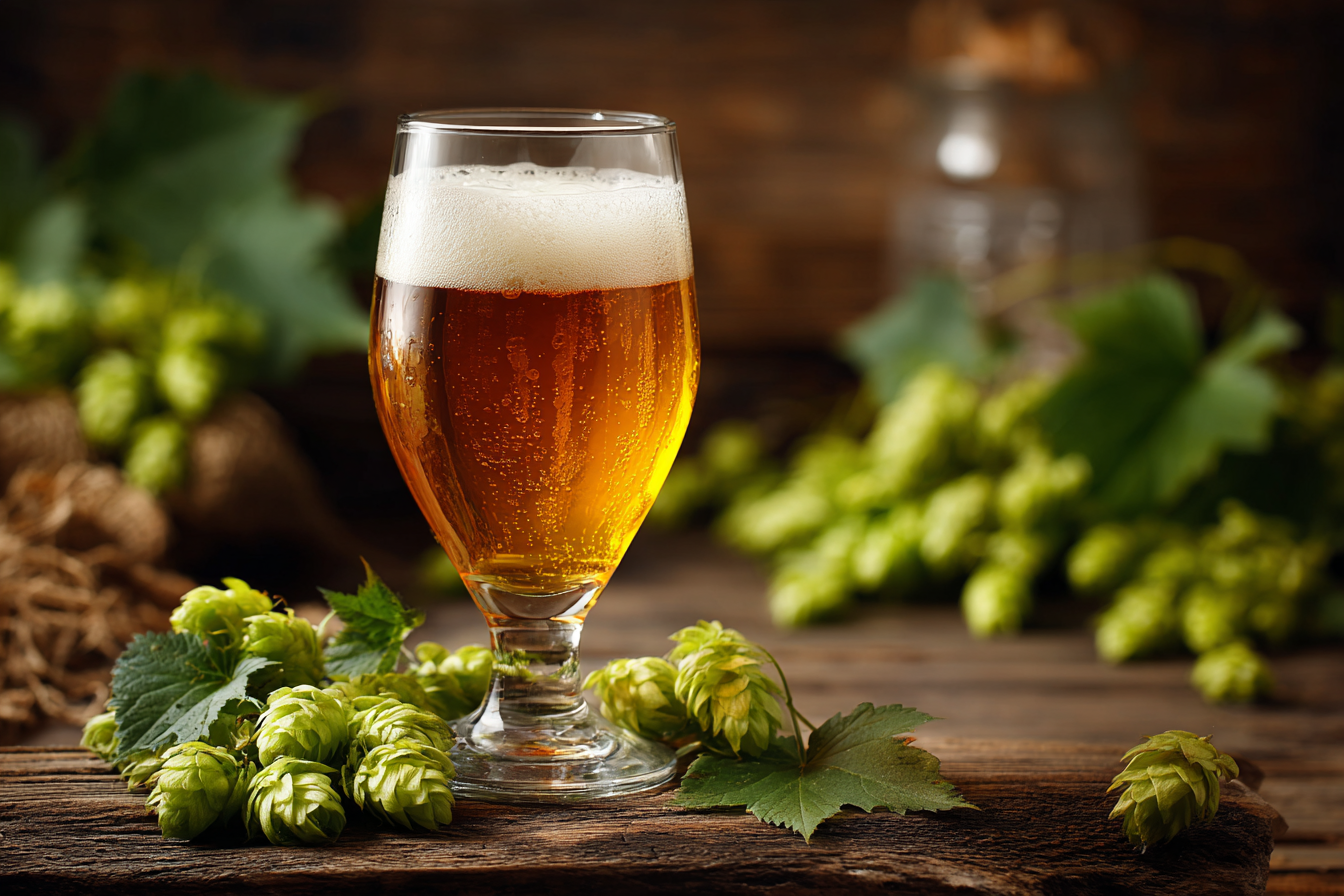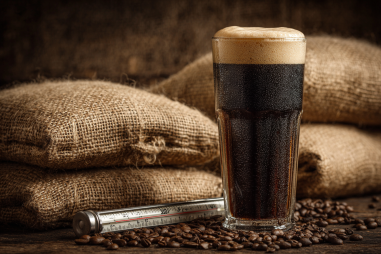The New England IPA (NEIPA) has taken the craft beer world by storm, celebrated for its lush, juicy, and tropical flavor profile. At the heart of this beloved style lies the magic of hops. The unique hop varieties used, along with techniques in hop additions, play a crucial role in creating that distinctive hazy appearance and explosive aroma. Whether you’re a homebrewer eager to perfect your NEIPA or just a curious beer enthusiast, understanding the role of hops and which varieties shine most in this style will deepen your appreciation for every sip.
The Essential Role of Hops in New England IPAs
Hops are more than just a bittering agent in beers; in NEIPAs, they are the soul of the beer. Unlike traditional IPAs that emphasize sharp bitterness, New England IPAs focus on hop aroma and flavor with a softer, smoother bitterness, achieved by carefully selecting hop varieties and manipulating the timing of additions. The choice of hops determines the beer’s aroma, creating layers of tropical fruits, citrus, and floral notes that define the style.
Desired Characteristics: Aroma, Bitterness, and Flavor
A classic NEIPA is all about delivering a juicy, fruit-forward experience without harsh bitterness. Brewers strive for:
- Intense Aromas: Bursting with tropical fruits like mango, pineapple, passionfruit, and citrus blossoms.
- Soft Bitterness: Smoother and more rounded than traditional IPAs, allowing hop flavor and aroma to shine.
- Layered Flavor: Complex yet approachable flavors combining stone fruits, melon, and subtle pine or herbal undertones.
Achieving these characteristics requires hops that bring fruity and floral notes, low to moderate alpha acids for balanced bitterness, and the ability to hold aroma during dry hopping.
Top Hop Varieties for Brewing a Classic New England IPA
Many hop varieties have become staples in the NEIPA scene because of their luscious fruit-forward qualities. Here are some of the most popular and effective:
- Citra: Possibly the most iconic hop for NEIPAs, Citra offers bold notes of lime, grapefruit, and tropical fruits like mango and passionfruit. It provides a bright and clean profile that excels in late additions and dry hopping.
- Mosaic: Known for its complexity, Mosaic brings an orchestra of flavors including blueberry, tropical fruits, and a hint of pine. It enhances both aroma and flavor depth.
- Amarillo: Offering floral and orange-citrus aromas, Amarillo complements the tropical notes of Citra and Mosaic and adds a bit of sweetness and spiciness.
- Galaxy: Originating from Australia, Galaxy hops have an intense passionfruit and citrus character, often described as juicy and vibrant, perfect for imparting a strong fruity punch.
- El Dorado: This variety enhances tropical and stone fruit notes with a slight candy-like sweetness, adding a smooth richness to the hop bill.
- Simcoe: Sometimes used sparingly due to its piney and earthy nuances, Simcoe can add a balanced resinous character that grounds the otherwise sweet and fruity profile.
- Vic Secret: Another Australian favorite, Vic Secret is prized for its bright lime, pine, and tropical fruit character, delivering both aroma and flavor complexity.
How Regional and Experimental Hops Influence Your NEIPA
New England IPA is a style that also celebrates innovation and experimentation. Many craft brewers experiment with lesser-known or experimental hop varieties from new breeding programs to create unique twists on the classic juicy profile. Regional hops, like those from the Pacific Northwest or new cultivars developed in Europe, bring distinctive aromas influenced by local terroir and farming practices.
Exploring these hops can introduce fresh notes — for example, some experimental varieties highlight herbal, tea-like, or stone fruit nuances that add complexity and a signature touch to your brew. For brewers looking to stand out, integrating these new hops while maintaining the NEIPA’s juicy essence is the key.
Smart Hop Combination Strategies
The art of hop blending defines many excellent NEIPAs. Instead of relying on a single hop, brewers often combine multiple varieties to achieve a complex and layered aroma and flavor profile. Some popular pairing strategies include:
- Citra + Mosaic: Balances bright citrus and tropical fruits with a blueberry and pine complexity.
- Galaxy + Amarillo: Emphasizes passionfruit and citrus with floral undertones.
- El Dorado + Vic Secret: Combines stone fruit and lime notes for a rounded, juicy character.
These blends allow brewers to customize their beers’ profiles, boosting aromatic intensity in dry hopping and creating complementary flavor layers without excessive bitterness.
Timing of Hop Additions for Maximum Impact
In NEIPA brewing, how and when you add hops is as important as what you add. The goal is to maximize aroma and flavor while minimizing harsh bitterness. Here are some key techniques:
- Late Boil Additions (15 minutes or less): These provide mild bitterness with increasing aroma.
- Whirlpool Additions: Adding hops after the boil and allowing them to steep at temperatures around 160–180°F preserves delicate aromatic oils without extracting excessive bitterness.
- Dry Hopping: This is the hallmark of NEIPAs! Multiple dry hop stages at cold temperatures (post-fermentation or near-final conditioning) flood the beer with hop aroma and juicy character.
Some brewers even experiment with biotransformation techniques, adding hops during active fermentation to interact with yeast and unlock unique flavor compounds, further enhancing juiciness.
Tips for Sourcing Fresh and High-Quality Hops
Hop freshness is paramount for a successful NEIPA because the hop oils responsible for aroma degrade over time. Here are some pointers:
- Purchase hops from reputable suppliers with excellent storage practices, ideally vacuum-sealed and kept cold to preserve aromatic qualities.
- Use hops within a few months of harvest or purchase; older hops can lead to dull aromas and reduced flavor impact.
- If using pellet hops, ensure the pellets are stored properly and avoid excess exposure to oxygen and light.
- Consider experimenting with fresh or “wet” hops during their harvest season for unique aromatic experiences.
Investing in quality hops and proper handling will make a noticeable difference in your NEIPA’s final profile.
Finding the Perfect Hop Balance for Your NEIPA
Choosing the right hops and blending them cleverly gives you the freedom to craft a NEIPA that’s uniquely yours. Remember, the most successful NEIPAs deliver a juicy, soft, and inviting drinking experience where hop aroma and flavor take center stage without overpowering bitterness.
Start with trusted varieties like Citra and Mosaic, experiment with complementary hops like Amarillo or Galaxy, pay attention to your hop addition timing, and never compromise on freshness. By mastering these elements, you’ll be well on your way to brewing New England IPAs that capture the essence of this popular style and keep drinkers coming back for more.







